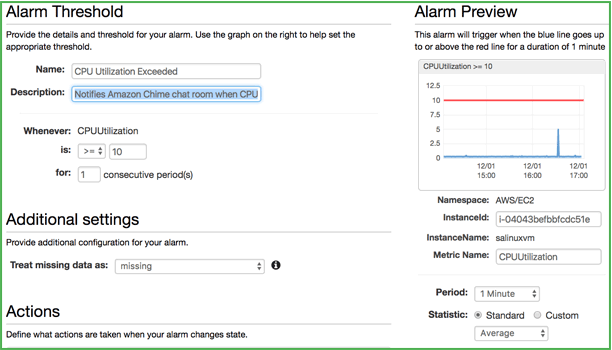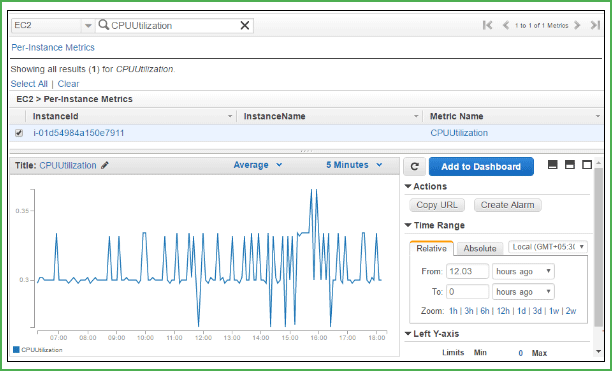CloudWatch Alarms or AWS CloudWatch Alarms
CloudWatch alarms in AWS: Amazon CloudWatch is the part of AWS ( amazon web services ) that monitors the resources consumed by the services or the application over the server. Using CloudWatch we can collect and track the metrics. For each service consumed by the application, there are different variables that are predefined which are helpful in getting the track.
AWS CloudWatch Alarms: The homepage of CloudWatch displays all the available metrics about every AWS service is running on our server. It gives us a brief idea about the consumption of the server over the total available resources. If the consumption exceeds or yet to exceed the available resources of our server, then it fires an alarm so that we can get notified.
Except this, we can also create and modify custom alarms in AWS CloudWatch.
There are some predefined alarms are there in AWS CLoudWatch, which fires automatically when they encounter any issues or something un-usual is acting on the server. But for some cases, we have to define our own custom CLoudWatch alarms on aws.
How to access CloudWatch?
We can access to CloudWatch by visiting the following given link:
- Amazon CloudWatch console – https://console.aws.amazon.com/cloudwatch/
- Step 1 – Login to your AWS Management Console and go to CloudWatch Management Console.
- Step 2 – Select Metrics from the navigation pane on the left of the page.
- Step 3 – On the metrics page, we will type CPUUtilization in the search bar to check the CPU consumption by each service or applications on the server.
This is how the dashboard of CloudWatch looks!
How to create custom alarms in AWS CloudWatch?
- Step 4 – On the right side of the page, click Create Alarm and there we can create the alarm as per requirement.
- Step 5 – Next we will enter the name and description of the alarm.
- Step 6 – Next step is to choose the condition when the alarm needs to fire.

This way we can define custom alarms in AWS CLoudWatch.
